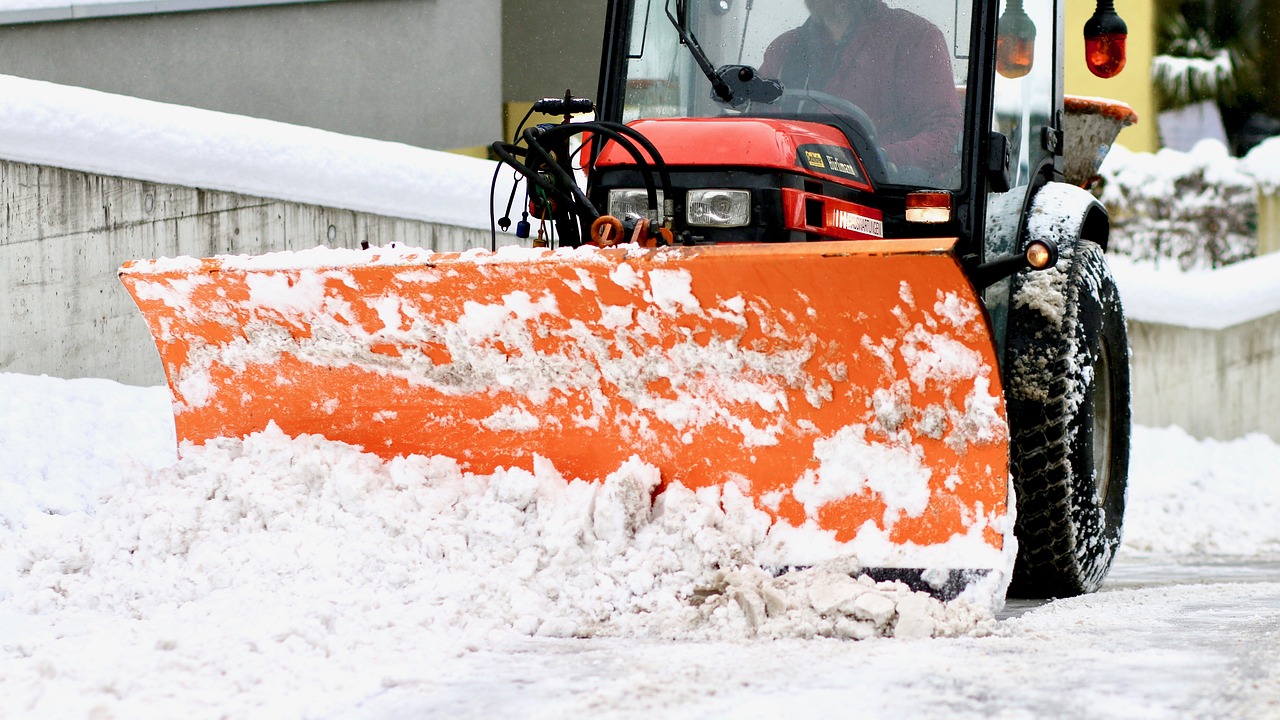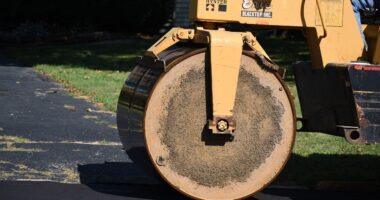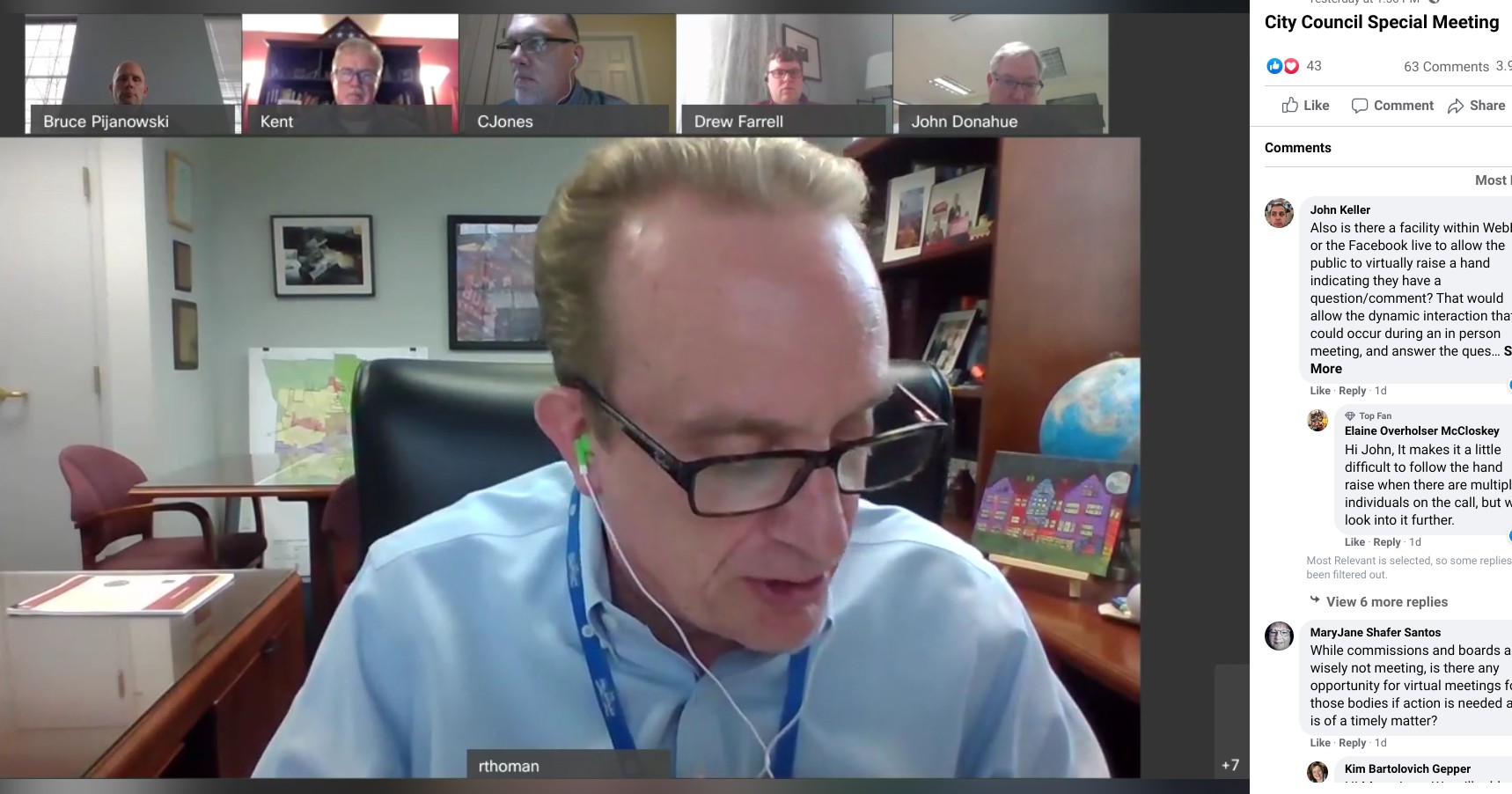By 1808Delaware
Ohio’s winters are relentless, bringing heavy snow, ice, and frigid temperatures that test the resilience of road crews across the state. From local municipalities like the City of Delaware to the vast network managed by the Ohio Department of Transportation (ODOT), dedicated teams work tirelessly to keep roads safe and passable.
This winter season has been no exception, with crews logging thousands of miles, spreading tons of salt and deicer, and implementing advanced strategies to balance safety, efficiency, and environmental responsibility. As the season winds down, a closer look at the efforts in Delaware and across Ohio reveals the immense scale of winter road maintenance and the evolving approaches to tackling its challenges.
Delaware Faces The Snow
As March replaces February, the City of Delaware’s Snow and Ice Team wraps up another grueling winter season. Over the course of 21 winter weather events, city crews covered 22,000 miles—equivalent to nearly a trip around the Earth—to keep roads safe for residents. With 1,427 hours behind the wheel, Delaware’s drivers spread 137,000 gallons of liquid deicer and nearly 2,184 tons of salt to combat ice and snow buildup. The total cost so far, covering labor, materials, and equipment, has reached $322,254.
A glance at Delaware’s salt barn tells the story: what started as a mountain of salt at the season’s onset has now dwindled to just 1,335 tons—a true molehill in comparison.
Ohio’s Winter Battle: A Statewide Effort
Beyond Delaware, Ohio’s winter roads presented a significant challenge for the Ohio Department of Transportation (ODOT). Balancing road safety with environmental concerns, ODOT managed over 43,000 lane miles of state, federal, and interstate routes. The department utilized advanced operational strategies, precision salt application, and interagency collaborations to optimize snow and ice removal while reducing ecological impact.
This season, ODOT crews applied 618,159 tons of salt across Ohio, alongside 13.1 million gallons of liquid deicer. This continued a downward trend in per-lane-mile salt usage, declining from 22 tons per mile in 2018–2019 to just nine tons per mile in 2024–2025. This reduction was achieved through precision spreading technologies and brine pre-treatment, helping to maximize efficiency while minimizing waste.
In Northeast Ohio alone, ODOT maintained stockpiles exceeding 300,000 tons, with plow drivers logging an incredible 3.19 million miles to ensure roadways remained passable.
The Financial Cost of Winter Maintenance
Winter road maintenance in Ohio comes with a hefty price tag. ODOT invested approximately $23 million in salt procurement this season. Strategic contracts, such as ODOT Salt Contract 018-25, secured 35,600 tons of salt at an average price of $50 per ton. Key allocations included 7,200 tons for the Ohio Turnpike’s Boston Maintenance Building and 5,000 tons for Amherst Maintenance Building. By leveraging bulk purchasing and adhering to strict delivery quotas (ranging from 90% to 110% of estimates), ODOT managed to optimize costs while maintaining operational efficiency.
The Environmental Cost: Salt Runoff and Its Impact
While salt remains essential for winter road safety, its environmental consequences have become an increasing concern. Studies from the Ohio EPA indicate a 37% rise in chloride levels in the Cuyahoga River watershed between 2000 and 2018, with groundwater near Cincinnati showing an alarming 150% increase in salt concentration. The persistence of road salt in ecosystems leads to soil degradation, stunted plant growth, and long-term threats to aquatic life.
To address these concerns, ODOT has partnered with environmental agencies to implement salt reduction initiatives, including:
- Precision Salt Spreading – Utilizing calibrated spreaders and pre-wetted salt to improve adherence to road surfaces and minimize excess application.
- Alternative Deicing Solutions – Experimenting with beet juice and calcium magnesium acetate, which have lower environmental impacts compared to traditional rock salt.
- Monitoring and Research – Collaborating with universities and environmental agencies to track chloride levels in Ohio’s waterways and develop long-term mitigation strategies.
Looking Ahead: The Future of Winter Road Management
As Ohio prepares for future winter seasons, cities like Delaware and state agencies like ODOT continue refining their snow and ice management strategies. Advanced technology, environmental stewardship, and cost-effective planning will shape how Ohio navigates winter storms in the years to come.
With another winter season coming to a close, Delaware’s snow team and ODOT’s statewide crews remain committed to their mission: keeping roads safe while minimizing environmental and financial costs. As the last patches of snow melt away, Ohioans can rest assured that plans are already in motion to face the next winter head-on.
Sources: City of Delaware, ODOT










